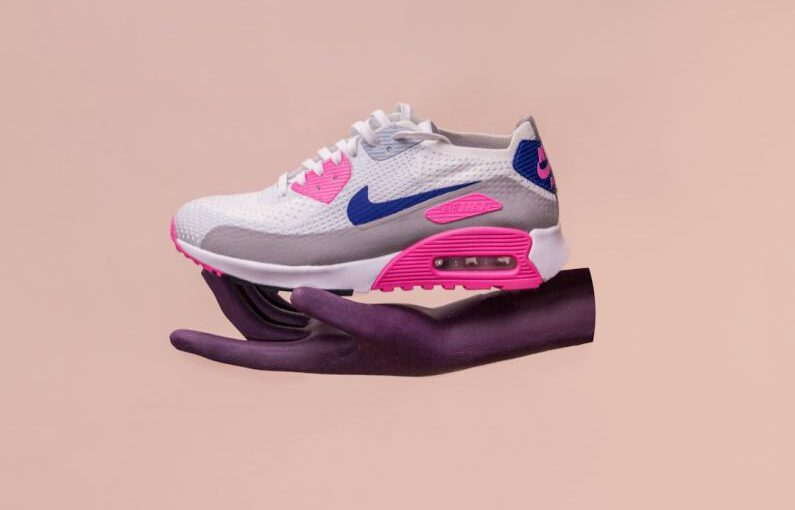The fashion industry has long been recognized for its creativity and innovation in design, but there is a growing awareness of the environmental impact that comes with it. One crucial aspect that has come under scrutiny in recent years is the use of dyes in clothing and footwear. When it comes to shoes, the importance of using non-toxic dyes cannot be overstated.
**The Environmental Impact of Conventional Dyes**
Traditional shoe manufacturing processes often involve the use of synthetic dyes that contain harmful chemicals such as lead, mercury, and arsenic. These toxic substances not only pose a threat to the environment during production but also have serious implications for the health of those who come into contact with them. The disposal of these chemicals can contaminate water sources and soil, leading to devastating consequences for ecosystems and communities.
**Health Concerns for Consumers**
Beyond the environmental impact, the use of toxic dyes in shoes can also have health implications for consumers. When these chemicals come into contact with the skin, they can cause irritation, allergic reactions, and even more serious health issues in the long term. Given that shoes are worn directly on the feet for extended periods, the risk of exposure to these harmful substances is particularly high.
**The Rise of Non-toxic Dyes in Shoe Manufacturing**
In response to these concerns, many shoe manufacturers have started to shift towards using non-toxic dyes in their production processes. These dyes are made from natural sources such as plants, minerals, and even insects, making them a safer and more sustainable alternative to traditional synthetic dyes. By opting for non-toxic dyes, manufacturers can reduce their environmental footprint and provide consumers with a safer product.
**Benefits of Non-toxic Dyes**
The use of non-toxic dyes in shoes offers a range of benefits, both for the environment and for consumers. Firstly, non-toxic dyes are biodegradable, meaning that they break down naturally over time without releasing harmful chemicals into the environment. This is in stark contrast to conventional dyes, which can persist in the environment for years, causing ongoing damage.
Additionally, non-toxic dyes are safer for workers in the manufacturing process, who are often exposed to these chemicals on a daily basis. By eliminating the use of toxic dyes, manufacturers can create a healthier and more sustainable working environment for their employees, reducing the risk of long-term health issues.
**Consumer Awareness and Demand**
As awareness of the environmental and health impacts of conventional dyes continues to grow, consumers are becoming more conscious of the products they purchase. Many are actively seeking out brands that use non-toxic dyes in their shoes, recognizing the importance of supporting environmentally and socially responsible practices. This shift in consumer behavior is driving change within the industry, pushing more manufacturers to adopt sustainable and ethical practices.
**Moving Towards a Sustainable Future**
In conclusion, the importance of using non-toxic dyes in shoes cannot be ignored. By making the switch to sustainable and environmentally friendly dyeing processes, manufacturers can reduce their impact on the planet and create safer products for consumers. As consumer demand for sustainable fashion continues to rise, the industry must prioritize the use of non-toxic dyes as a crucial step towards a more sustainable future.





